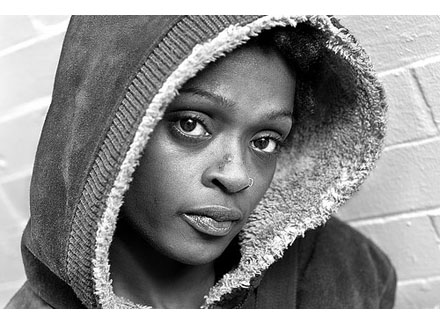Melting Point
Water forms the basis of all life on the planet. It is a very precious, and yet a very common substance. As global warming changes the environment, the effects of melting ice and water are of critical importance.
From a scientific perspective, water has many intriguing properties that we normally take for granted. These are a result of the way the hydrogen atoms bond with the oxygen atom. The electrons are not shared equally between the atoms, causing the water molecule to be polarized. Because of this, water exists in all three of its forms in the earth's climate: water, ice and water vapors. Its solid form is less dense than its liquid form. Thus, ice floats in water and expands as it freezes. Another interesting result of the hydrogen bonding is the phenomenon of "surface tension." Surface tension causes gases to escape slowly from water to form beautiful bubbles. I find these bubbles to be compelling photographic subjects.










